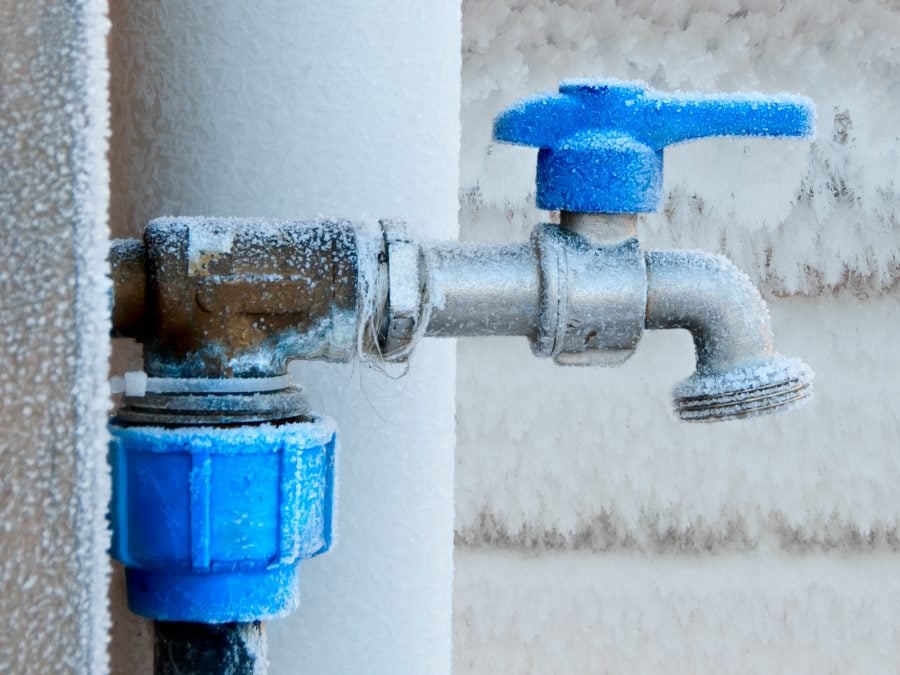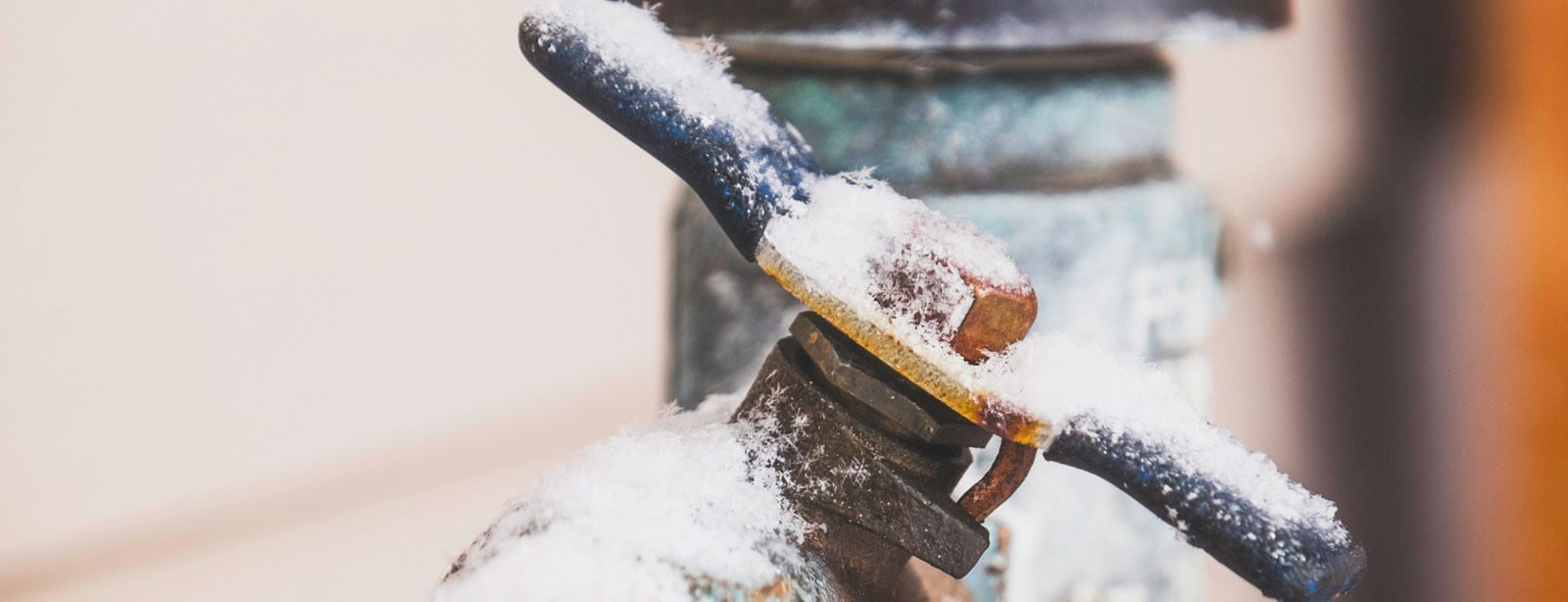Here down the page you will find more really good answers when it comes to How To Avoid Freezing Pipes.

Winter can ruin your plumbing, especially by freezing pipes. Here's exactly how to avoid it from happening and what to do if it does.
Intro
As temperatures drop, the threat of frozen pipelines increases, potentially leading to expensive fixings and water damage. Comprehending exactly how to stop icy pipes is critical for home owners in cold climates.
Understanding Icy Pipelines
What triggers pipes to freeze?
Pipelines ice up when subjected to temperatures listed below 32 ° F (0 ° C) for prolonged durations. As water inside the pipelines ices up, it broadens, putting pressure on the pipe wall surfaces and potentially causing them to rupture.
Threats and problems
Icy pipelines can bring about water supply interruptions, property damage, and expensive repairs. Burst pipelines can flooding homes and create extensive structural damage.
Indicators of Frozen Piping
Recognizing icy pipes early can prevent them from breaking.
Just how to identify frozen pipes
Seek decreased water flow from faucets, uncommon smells or sounds from pipes, and visible frost on exposed pipelines.
Prevention Tips
Shielding prone pipes
Cover pipes in insulation sleeves or utilize warm tape to shield them from freezing temperature levels. Focus on pipelines in unheated or exterior areas of the home.
Home heating strategies
Maintain indoor areas appropriately heated, especially locations with pipes. Open up cabinet doors to enable cozy air to distribute around pipes under sinks.
Safeguarding Exterior Plumbing
Garden hose pipes and outside faucets
Separate and drain garden hoses prior to winter season. Mount frost-proof faucets or cover outdoor faucets with insulated caps.
What to Do If Your Pipelines Freeze
Immediate activities to take
If you think icy pipelines, maintain faucets open up to ease stress as the ice melts. Use a hairdryer or towels taken in hot water to thaw pipes slowly.
Long-Term Solutions
Architectural adjustments
Take into consideration rerouting pipes away from exterior walls or unheated areas. Add extra insulation to attics, basements, and crawl spaces.
Upgrading insulation
Buy high-quality insulation for pipes, attics, and wall surfaces. Proper insulation aids preserve constant temperatures and reduces the threat of icy pipelines.
Conclusion
Protecting against icy pipelines requires proactive actions and fast actions. By comprehending the reasons, indications, and preventive measures, home owners can safeguard their plumbing throughout cold weather.
5 Ways to Prevent Frozen Pipes
Drain Outdoor Faucets and Disconnect Hoses
First, close the shut-off valve that controls the flow of water in the pipe to your outdoor faucet. Then, head outside to disconnect and drain your hose and open the outdoor faucet to allow the water to completely drain out of the line. Turn off the faucet when done. Finally, head back to the shut-off valve and drain the remaining water inside the pipe into a bucket or container. Additionally, if you have a home irrigation system, you should consider hiring an expert to clear the system of water each year.
Insulate Pipes
One of the best and most cost-effective methods for preventing frozen water pipes is to wrap your pipes with insulation. This is especially important for areas in your home that aren’t exposed to heat, such as an attic. We suggest using foam sleeves, which can typically be found at your local hardware store.
Keep Heat Running at 65
Your pipes are located inside your walls, and the temperature there is much colder than the rest of the house. To prevent your pipes from freezing, The Insurance Information Institute suggests that you keep your home heated to at least 65 degrees, even when traveling. You may want to invest in smart devices that can keep an eye on the temperature in your home while you’re away.
Leave Water Dripping
Moving water — even a small trickle — can prevent ice from forming inside your pipes. When freezing temps are imminent, start a drip of water from all faucets that serve exposed pipes. Leaving a few faucets running will also help relieve pressure inside the pipes and help prevent a rupture if the water inside freezes.
Open Cupboard Doors
Warm your kitchen and bathroom pipes by opening cupboards and vanities. You should also leave your interior doors ajar to help warm air circulate evenly throughout your home.

As a devoted person who reads about How to prepare your home plumbing for winter weather, I was thinking sharing that piece of content was beneficial. Sharing is caring. One never knows, you may very well be helping someone out. I truly appreciate reading our article about How To Avoid Freezing Pipes.
Automated Marketing